This is an archived article and the information in the story may be outdated. Please check the time stamp on the story to see when it was updated last.
Syncing your iOS device (iPhone, iPod touch or iPad) to your computer is necessary so that you can access any songs that you’ve recently downloaded. Syncing means that the files will be updated both places, which means a more seamless experience for you wherever and whenever you hit “Play.” Whether you’re sitting at your desk, riding on the train or in the comfort of your own home, you can have all your music and other files at your finger tips. That’s modern technology, baby!
So, how can you sync your device? And are there any caveats for doing so?

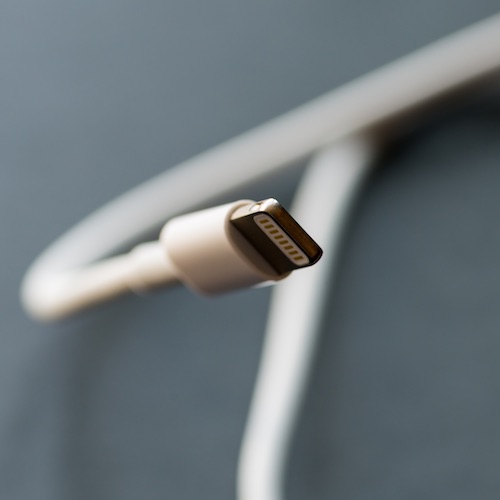
How To Sync Your iPhone
Whether you choose to use a USB cable or WiFi to sync your device to iTunes, or if you choose another cloud-based option like iCloud or Apple Music to back-up is entirely up to you. Backing up to iTunes is much faster than backing up to the iCloud, but backing up to the cloud is a good idea because then you can access your files (music, etc.) whether you're near a computer or not. It's a toss up.
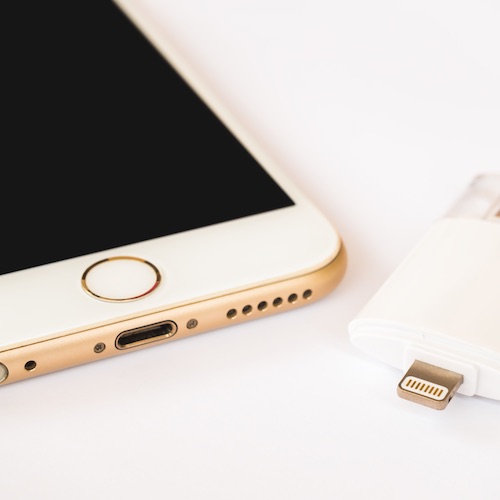
The One Thing You Should NEVER Do
There is one thing you need to consider when doing either: never interrupt either!
"Once you start a process of backing up and restoring the phone’s information the iOS software opens up certain doors and gates that normally would protect your data from the potential mishap." Matt Zieminski, Lead Tech Engineer at Puls tells us.
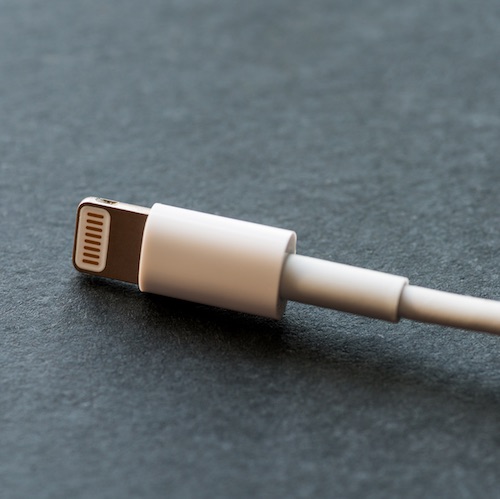
"If you unplug your device at that point you may corrupt the data beyond the point of no return and lose it entirely. Make sure when you start a sync with iTunes you have slotted the necessary time to complete the activity."
You got that, folks? Don't rush things!
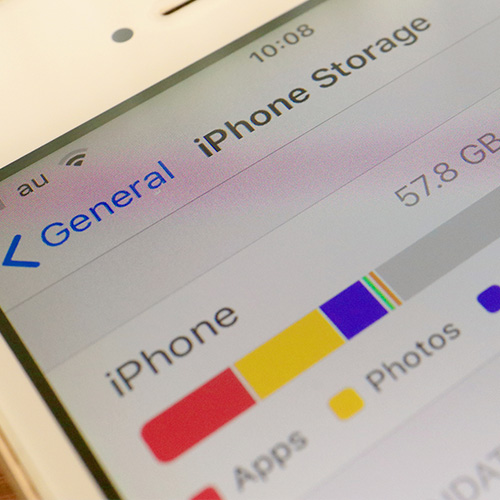
READ MORE: The One App You Should Delete ASAP If You’re Always Running Out Of Storage
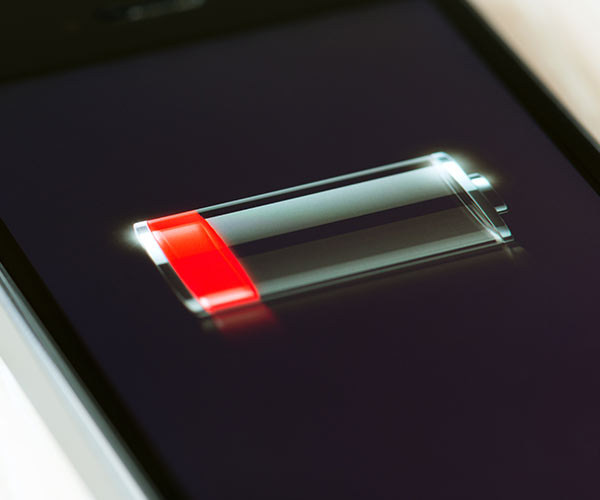
READ MORE: The One App You Should Never Use If Your iPhone Battery Is Always Dying


























